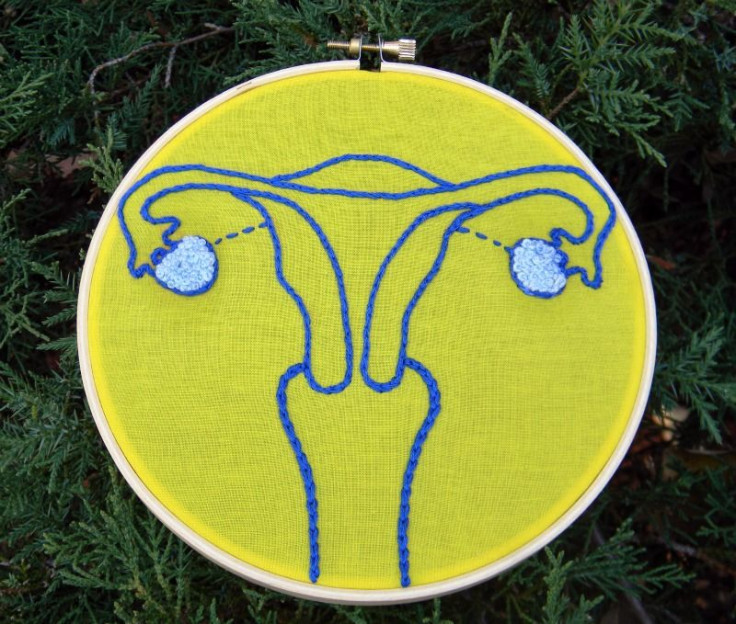Ovarian Cancer Awareness Month: Incidence And Mortality Rate Improve, But The Disease Is Still Prevalent

September is Ovarian Cancer Awareness month, and while ovarian cancer may affect more post-menopausal women, it's still generally difficult to detect. The Centers for Disease Control and Prevention's National Gynecologic Cancer Awareness Campaign reported that there is no way to know for sure if a woman will develop ovarian cancer, but there are several known risk factors, including age, family history, and lifestyle. These risk factors and more are what health experts and organizations hope to bring to light as the month goes on.
To mark the occasion. HealthGrove, a health information site, curated data on ovarian cancer that was collected by the Health Indicators Warehouse (HIW), National Institutes of Health (NIH), and National Cancer Institute (NCI). Hoping to pinpoint certain, if any trends, HealthGrove looked at the general number of cancer deaths, the specific incidence of ovarian cancer, as well as the amount of grant funding available for ovarian cancer. The results are below:
When looking at the HIW, which was developed by the National Center for Health Statistics, HealthGrove found that the general number of cancer deaths leaned towards a higher value, with West Virginia, Maine, and Rhode Island racking up the most cancer deaths.
But when it comes to the incidence of ovarian cancer per every 100,000 people, the NCI found that both the incidence and mortality rate has consistently gone down over time.
The NIH estimated that grant funding for ovarian cancer is on the rise again after it decreased from $147 million in 2012 to $133 million in 2012, where it's remained relatively consistent for the last couple years. More grant money means more opportunities for researchers to find those underlying causes and mechanisms of ovarian cancer.
Until then, women should know that if the cancer is caught early on, the survival rate is about 90 percent. Learn more about ovarian cancer screenings, here.
Published by Medicaldaily.com



























